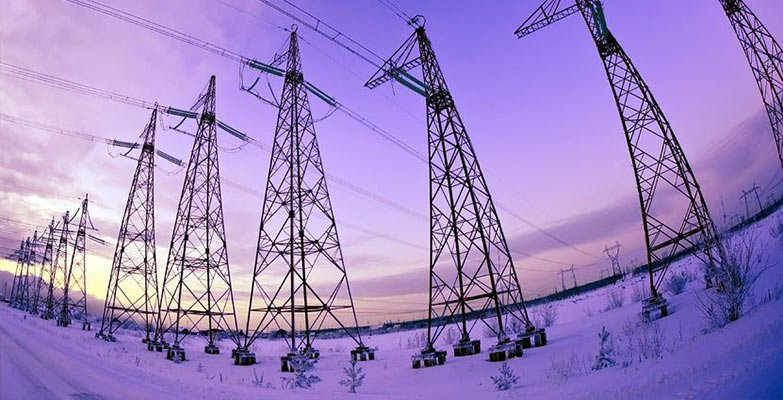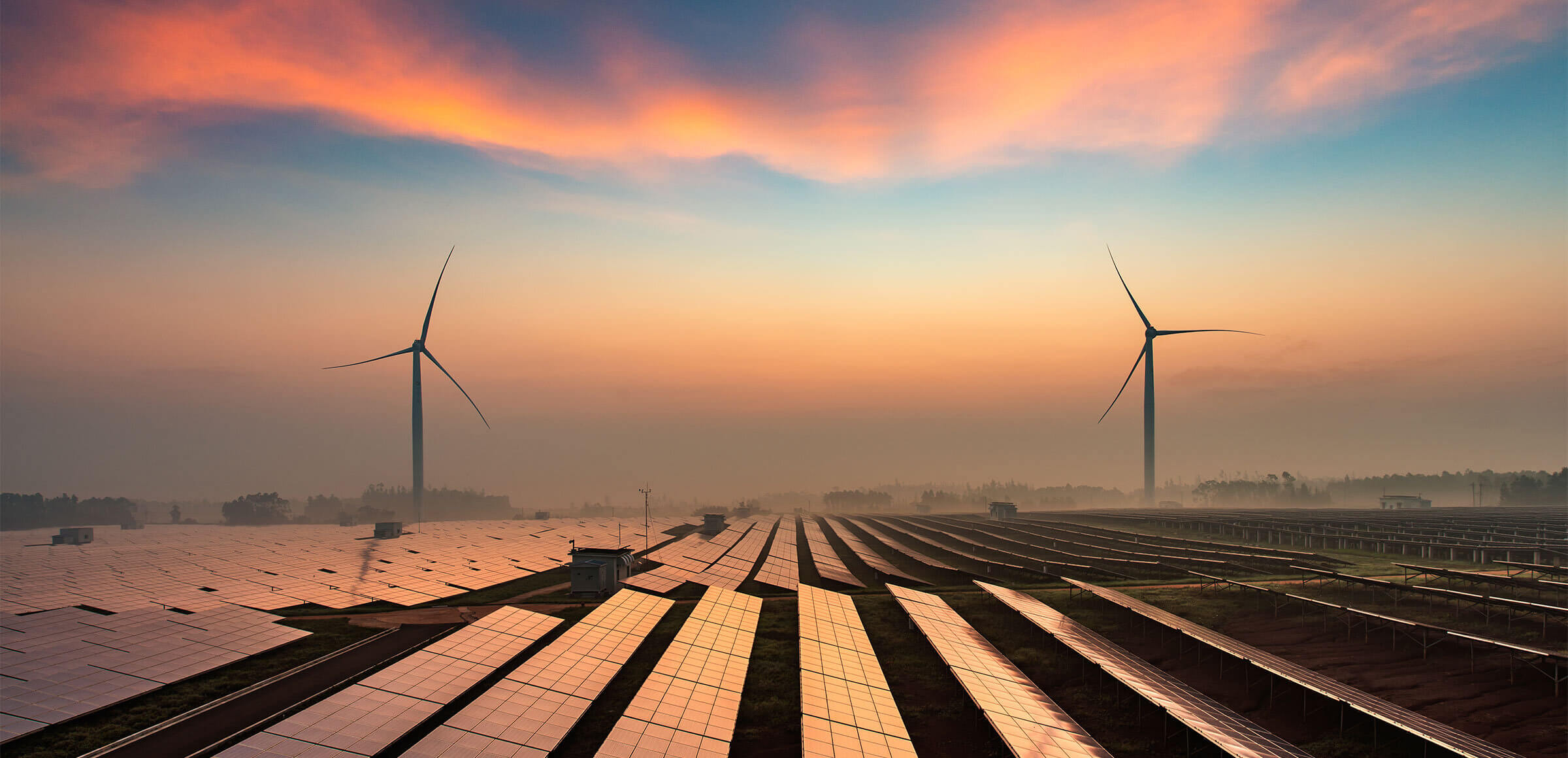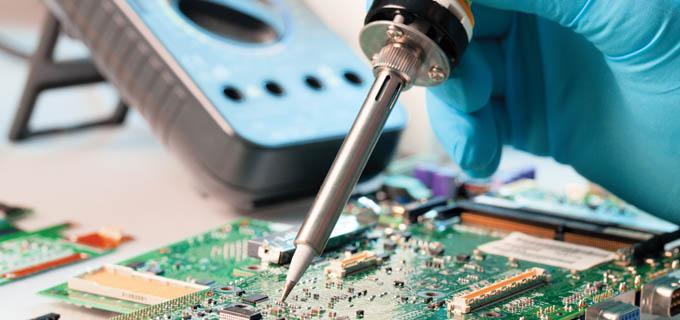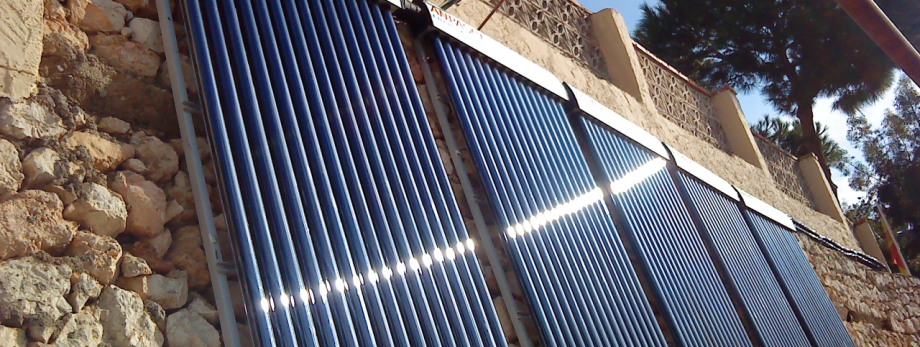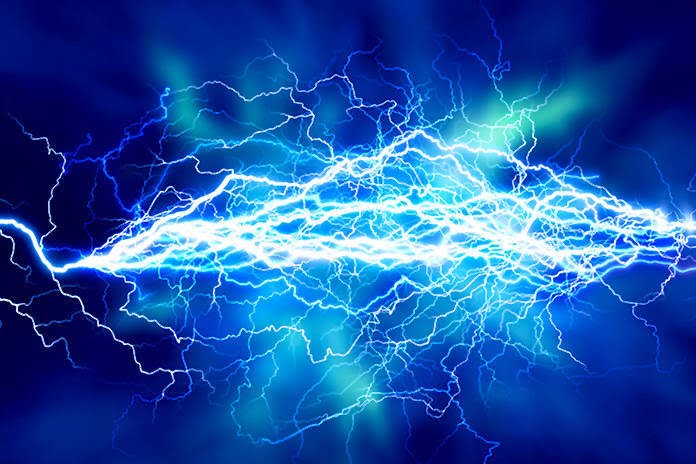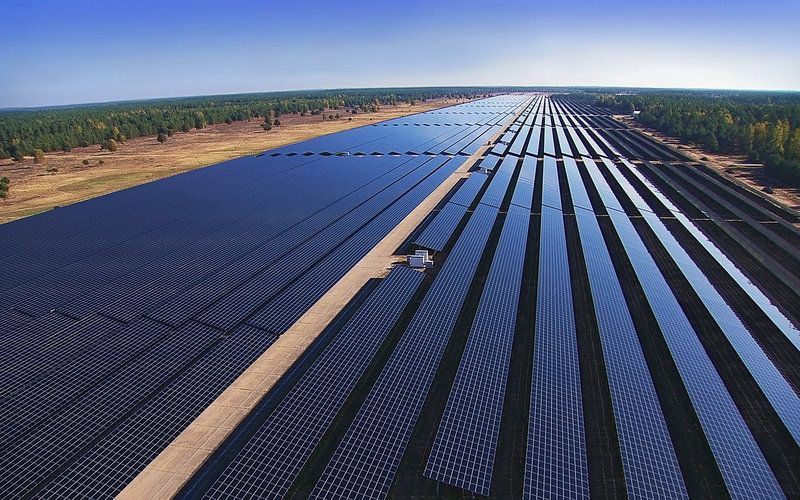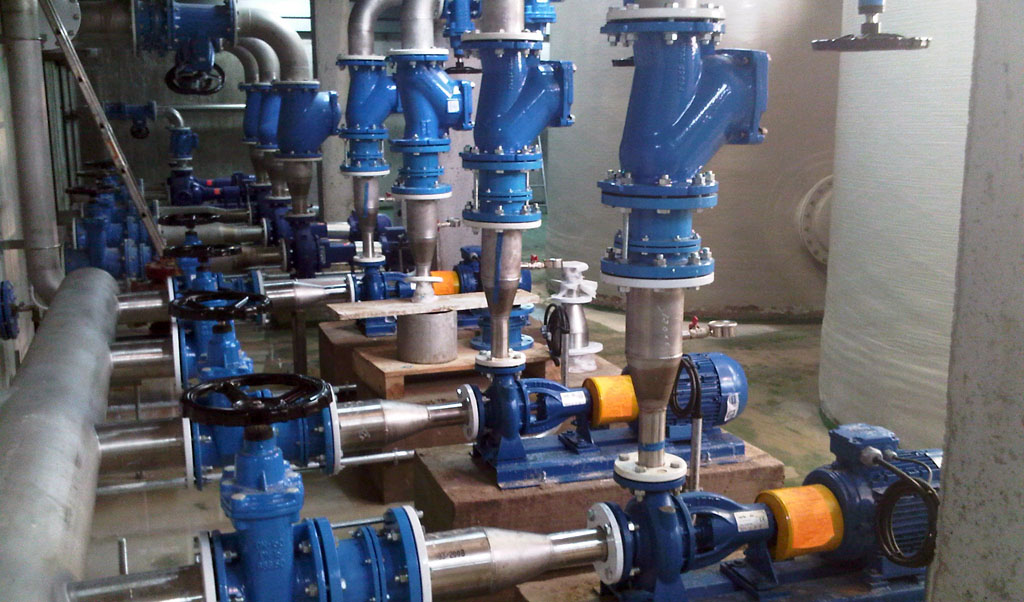 Solar cells from any semiconductor material
Solar cells from any semiconductor material
RESEARCHERS with the Berkeley Lab have developed technology which could enable low-cost, high efficiency solar cells to be made from virtually any semiconductor material.
The work by the U.S. Department of Energy (DOE)'s Lawrence Berkeley National Laboratory (Berkeley Lab) and the University of California (UC) Berkeley opens the door to the use of plentiful, relatively inexpensive semiconductors, such as metal oxides, sulfides and phosphides, for solar applications.
 These materials have been previously considered unsuitable for solar cells because it is difficult to tailor their properties chemically. This meant solar cells had to be made from relatively expensive semiconductors.
These materials have been previously considered unsuitable for solar cells because it is difficult to tailor their properties chemically. This meant solar cells had to be made from relatively expensive semiconductors.
According to the researchers, they found the abundant materials can instead be tailored for solar power applications by applying an electric field, thus the name, screening-engineered field-effect photovoltaics" (SFPV).
The research is described in a Nano Letters paper "Screening- Engineered Field-Effect Solar Cells". It promises to reduce the cost and complexity of fabricating solar cells, opening the way for more wide-spread use of solar power generation technology.
SFPV involves a partially screening top electrode which lets the gate electric field sufficiently penetrate the electrode and more uniformly modulate the semiconductor carrier concentration and type to induce a p-n junction (which is critical in photovoltaics). Semiconductors which could not manifest p-n junctions by chemically doping them can now do so.
By just using an electrode and gate deposition, the cost and complexity of the process is also reduced.
Otras noticias sobre almacenamiento de energía:





